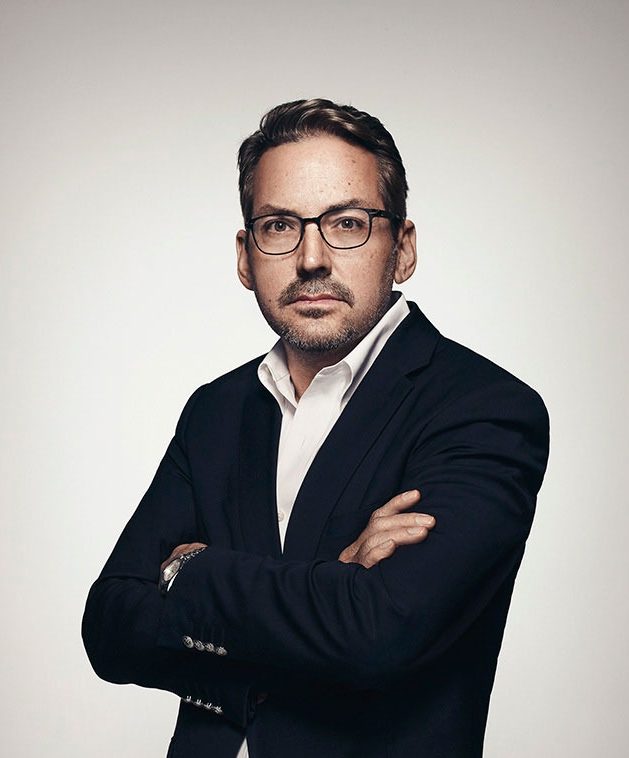What is your background?
I am a native Californian, born in Berkeley and raised in Los Angeles.
What kind of photography do you most identify with?
I consider myself a portrait and reportage / documentary photographer.
Explain your style in 100 words
With my portraiture I attempt to elevate and honor my subjects. I want to reveal something about their personality, achievements or environment. With my reportage work I want to be a fly on the wall, discreetly capturing moments that are insightful, humorous or dynamically composed.
How did your style change over time?
Over the years my portraiture has become less static and more engaged. My reportage has become more intimate, that is, I am attempting to get physically closer to my subjects.
What photograph left a lasting impression on you and why?
There are so many iconic, historic images that have left an impression on me over the years that naming just one is extremely difficult. But for the sake of discussion I’ll say Richard Avedon’s portrait of the Duke and Duchess of Windsor, and Nick Ut’s image of the Vietnamese girl running away for a napalm attack. Avedon’s portrait of the former King Edward VIII and Wallis Simpson is powerful because of the vulnerability he evoked from his subjects. Ut’s memorable image reminds me that being a documentarian means keeping your head on your shoulder even if the world around you is going to hell.
When did you discover your passion for photography?
My grandfather was an avid amateur photographer who had his own darkroom and taught me how to develop and print black and white film. When I was in 8th grade, he sold me and my brother a Canon AE-1 for five dollars and threw in a 50mm lens for another dollar. I took that camera to school and started shooting for the yearbook and the school newspaper. I loved the start-to-finish, cause and effect process of taking a picture, processing the film and running an exposed piece of photographic paper through the developer, stop bath, fixer and wash and ending up with a final print.
Describe a real-life situation that inspired you?
I was inspired by the birth of my daughters to pursue my passion while keeping a roof over their heads. They’ve also inspired me to be honest, forthright, patient and gracious and to lead by example.
What’s your most embarrassing moment related to photography?
Fortunately, all of my most embarrassing moments have been relegated to the far reaches of my memory and are unretrievable.
What jobs have you done other than being a photographer?
I have been a photographer for the last 35 years…so my last real job was at a small camera store in my home town, working behind the counter.
What is your dream project?
I would love to photograph everyone that works on a major motion picture…the entire crew…everyone in the credits from top to bottom.
Name 5 photographers who have inspired you
Richard Avedon
Irving Penn
Yousef Karsh
Alfred Newman
Elliot Erwitt
What would you do without photography?
I have absolutely no idea.
How do you know when a body of work is finished?
I’m not sure a body of work is EVER finished. Very few bodies of work are finite. I guess my interpretation would be literal: a body of work is finished when you have photographed everyone or everything you set out to photograph.
Is there one photograph of yours that you are very proud of? Why?
There have been a few images of mine that have been seminal, that is, they have changed the way I think about my craft or changed my perception in the industry. My cover of Neil Patrick Harris for New York Magazine, in which he is applying lipstick was a milestone for me that I am very proud of. It demonstrated to my editorial clients that I could create an “iconic” portrait in the confines of a studio space working closely with well-known talent.
I am also proud of my body of work shooting behind-the-scenes at the Academy Awards…in particular, a moment captured of Charlize Theron, backstage after having won Best Actress for her role in “Monster.” In what seems like exhausted disbelief, Charlize is leaning against one of the backstage flats with her hand to her head and her eyes closed, taking a second to absorb the overwhelming impact of her win.
What is your most important gadget? Is there something you can’t live without in your studio?
My light meter. I still want to be accurate with my lighting ratios!
What camera do you use now and why?
In alternate between the Hasselblad H4X and the Canon 5DMarkIII. Which camera I choose to shoot is dependent upon the technical demands of the shot and the probably published outcome of the final image. I use the Hasselblad for almost all of my portraiture and I use the Canon for my reportage.
What role does the photographer have in society?
Photography serves society in a variety of ways; as a matter of historical record, as an outlet for artistic creativity and as a pastime for amateur photographers.
You can find out more about Art here

